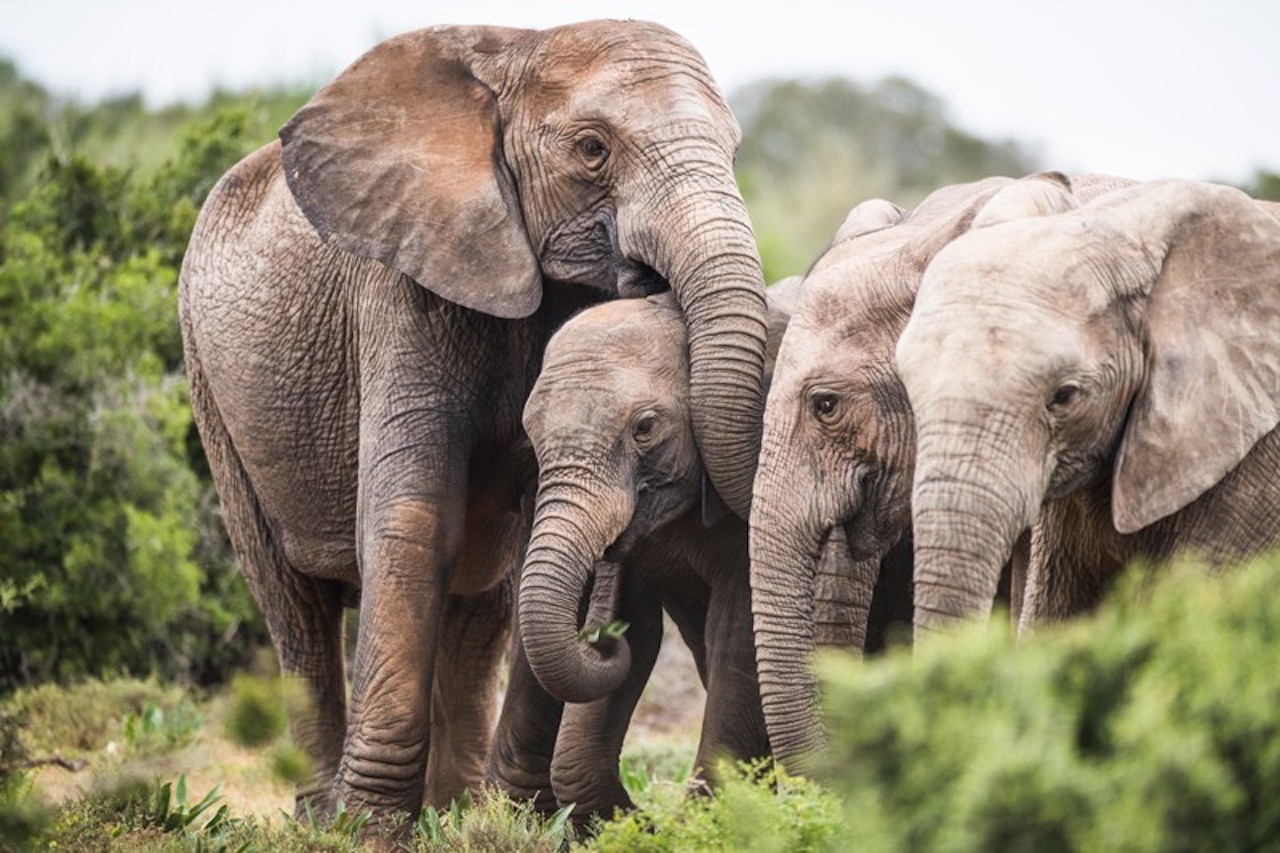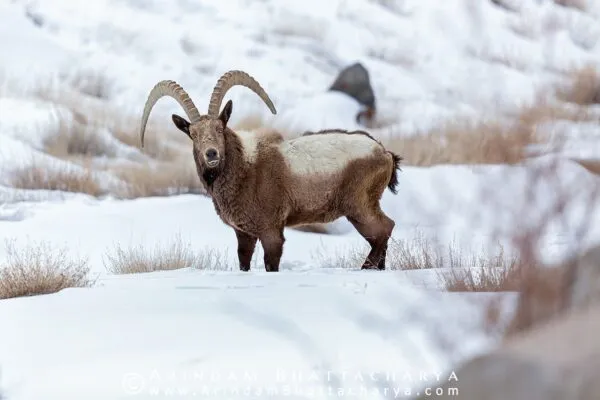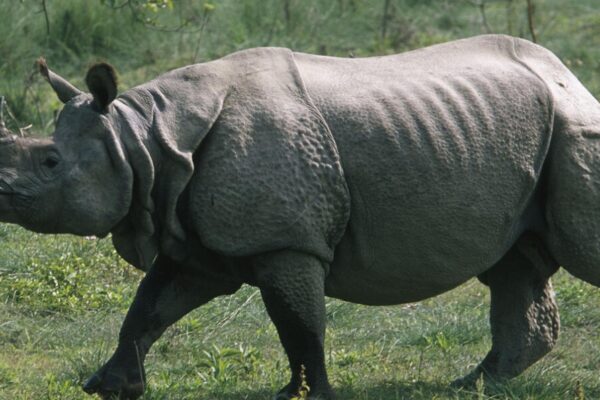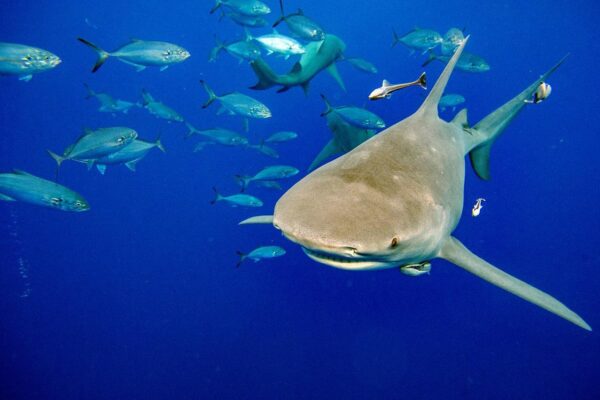Tuskless Female Elephants – Nature’s Fix Against Ivory Poaching
Selective elephant poaching has led to evolution of a higher number of female elephants being born without the tusks
African elephants are evolving toward a state of tusklessness in a region linked with extensive ivory poaching – a study on elephant traits and genetics in Mozambique states. The Gorongosa National Park in Mozambique is the main area where more tuskless female elephants are being born as a result of rapid evolution.
The East African country faced around two decades of civil war from 1977 to 1992. At the time of the Mozambican Civil War, poaching increased extensively for financing the war efforts. But due to heavy ivory hunting, 90 percent of the region’s elephant population disappeared. This activity has driven a unique evolutionary response that led to the birth of more female elephants without any tusks.
Since the elephants are being born without tusks, it may save their population numbers from ivory hunting. But reportedly, the genetic mutation that has eliminated tusks is fatal to male elephants. The study details are published in the research journal Science.

Image: Peter Chadwick
The ivory tusks or incisors are the huge teeth that elephants use to strip tree bark for food, dig for water, protect their trunks, lift objects, and defend themselves. So, these large teeth are highly valuable for them. The tusks may weigh up to 250 pounds and around one pound of ivory costs approximately $1,500. Due to the high price of ivory, poachers hunt poor animals to remove their tusks.
Due to the consistent result of poaching, the elephant population dropped from 2,500 to just 200 in the 2000s, as per the study by Nicola Jones for Nature. But most female elephants that survived poaching during wartime led to the birth of more female elephants that are naturally tuskless. This means the gene code of tusklessness will be passed down to the next generations too.
However, the park has not seen any male elephants without tusks. According to the studies, the elephants without the tusks are only females so far. So, the researchers suggested that this trait associated with tusklessness is sex-linked. If a female elephant bears one copy of mutation without tusks, its daughters will have no tusks. It means that when they reproduce, almost all of their daughters will have no tusks, and the others will be born with tusks.
However, half of the male offspring will have tusks, and the other half is most likely to die even before birth. It is because male elephants cannot survive tusklessness, as per the study.
According to Chris Darimont, a conservation expert at the University of Victoria, Canada, this is a wake-up call to monitor what humans have done to our planet and wild animals. This is nothing but a result of the dominant evolutionary force.
This genetic trait may help the elephants escape ivory poachers, but there can be adverse repercussions of this evolution as well. Only time will tell how this mutation affects the elephants in the long run.


